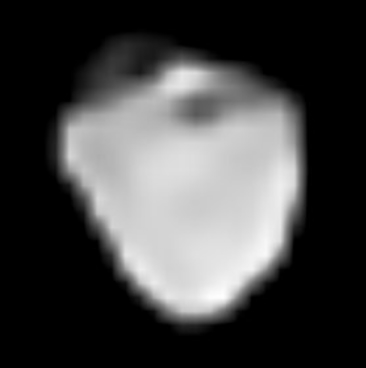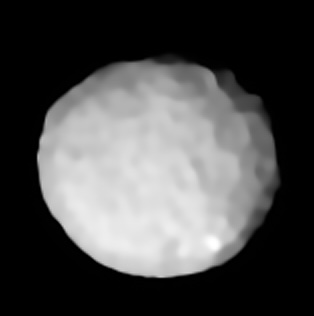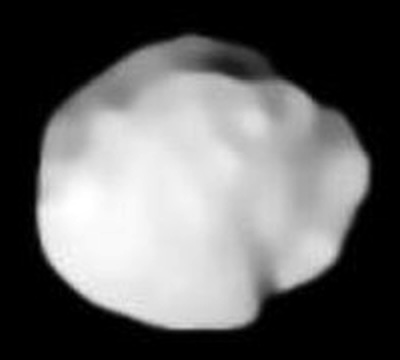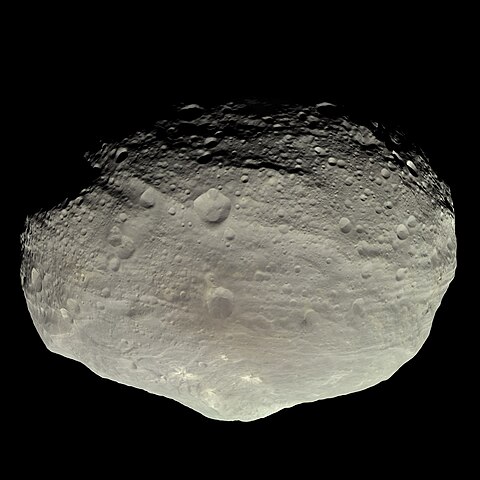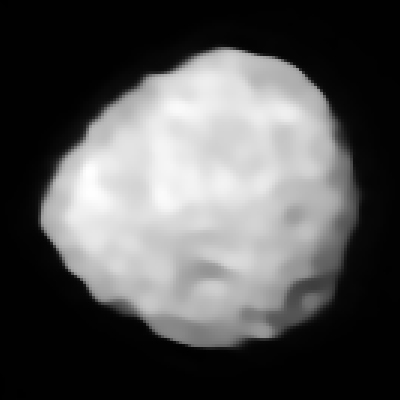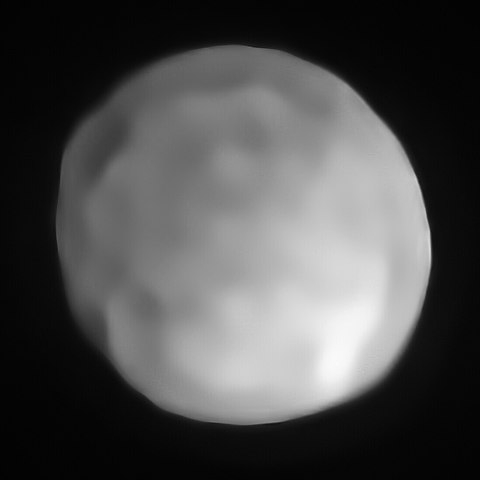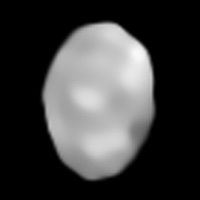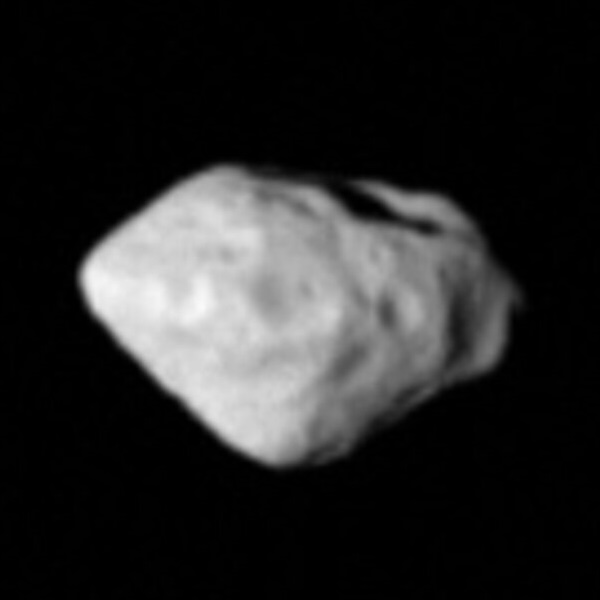1 day / second
0.5 AU
6 Hebe
Asteroid
A large S-type asteroid in the inner main belt believed to be the parent body of the H-chondrite meteorites that frequently strike Earth.
Key Facts
orbital regime | Asteroid Belt |
learn more | Wikipedia |
mass | 1.2400e+19 kg |
radius | 92.59 km |
hill radius | 36,942 km |
semi-major axis | 2.426 AU |
eccentricity | 0.202 |
inclination | 14.734º |
longitude of the ascending node | 138.62º |
argument of periapsis | 239.648º |
orbital period | 3.779 years |
surface gravity | 0.01 g |
discovery date | July 1, 1847 |
discovered by | Karl Ludwig Hencke in Drezdenko |
name origins | Named after Hebe, the Greek goddess of youth |
dimensions | 185.18 km diameter |
albedo | 0.268 |
material composition | S-type asteroid |
density | 4.1 g/cm³ |
